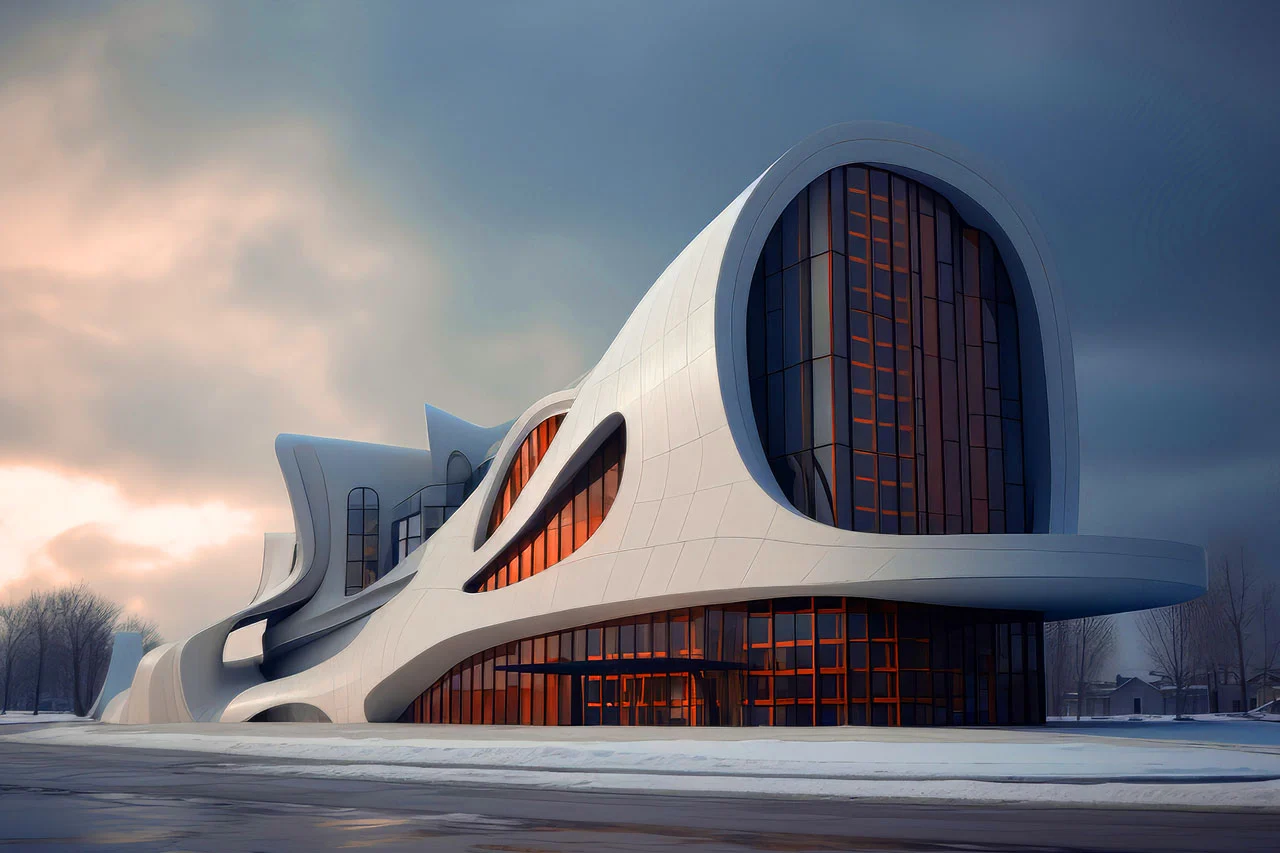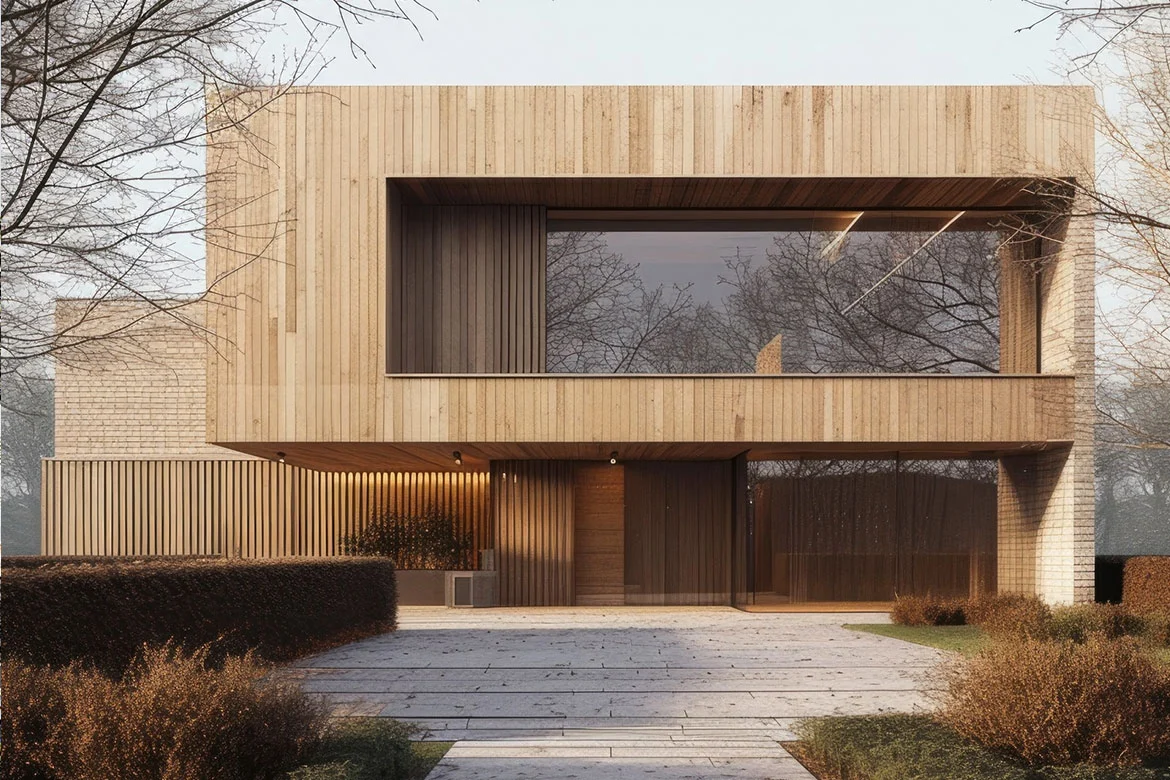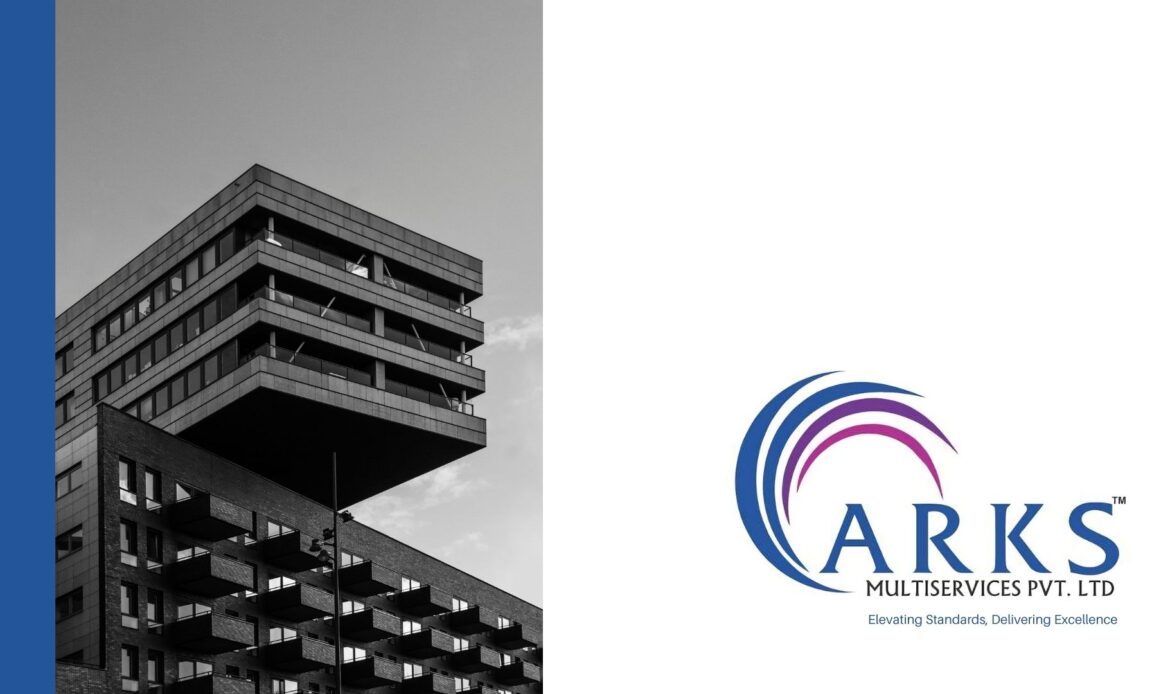Modern architecture, a field perpetually pushing the boundaries of design and functionality, is undergoing a revolution driven by the exploration and integration of innovative materials. Gone are the days of solely relying on traditional building blocks; architects are now embracing a diverse palette of materials that offer enhanced performance, sustainability, and aesthetic possibilities. This surge in material innovation is not merely about novelty; it’s about creating structures that are more responsive to their environment, more efficient in their resource utilization,
The Quest for Sustainability: Eco-Conscious Materials
One of the most significant drivers behind material innovation is the urgent need for sustainable construction practices. The building sector is a major contributor to global carbon emissions, and architects are increasingly turning to materials that minimize environmental impact.
- Mass Timber: Engineered wood products like cross-laminated timber (CLT) are gaining popularity as a sustainable alternative to concrete and steel. Mass timber structures sequester carbon, reduce construction waste, and offer a warm, natural aesthetic. Their strength-to-weight ratio allows for the creation of tall, complex buildings, challenging the traditional dominance of concrete and steel.
- Recycled and Upcycled Materials: The concept of circularity is transforming the construction industry. Materials like recycled plastic, reclaimed wood, and even waste products like mycelium (mushroom-based material) are being repurposed into building components. These materials not only reduce waste but also offer unique textural and visual qualities.
- Bio-Based Materials: From bamboo and hempcrete to bioplastics and algae-based materials, the architectural world is exploring the potential of bio-based resources. These materials are renewable, biodegradable, and often require less energy to produce than conventional building materials. They represent a significant step towards creating buildings that are truly integrated with the natural environment.
- Smart Concrete: Traditional concrete production is a major source of CO2 emissions. Innovative concrete mixes incorporating recycled aggregates, supplementary cementitious materials (SCMs), and even CO2-absorbing additives are being developed to reduce the environmental footprint of this ubiquitous building material.

Challenges and Future Directions
While the potential of innovative materials is immense, there are also challenges to overcome.
- Cost: Many innovative materials are still relatively expensive, limiting their widespread adoption.
- Scalability: Scaling up the production of new materials to meet the demands of the construction industry can be challenging.
- Regulatory Frameworks: Building codes and regulations need to be updated to accommodate the use of new materials and technologies.
- Education and Training: Architects, engineers, and construction professionals need to be trained in the use of innovative materials and technologies.
Despite these challenges, the future of architecture is inextricably linked to material innovation. As research and development continue, we can expect to see even more groundbreaking materials emerge, transforming the way we design and build.
Looking Ahead:
The integration of innovative materials into modern architecture is not merely a trend; it’s a fundamental shift in the way we approach building design and construction. The pursuit of sustainability, performance, and aesthetic expression is driving the exploration of new materials and technologies, leading to the creation of buildings that are more responsive, efficient, and inspiring.
In the coming years, we can expect to see:
- Increased use of bio-based and recycled materials.
- Wider adoption of smart and adaptive materials.
- Greater integration of digital fabrication technologies.
- A focus on creating buildings that are not only functional but also contribute to the well-being of their occupants and the environment.
The architects of tomorrow will be material scientists, environmentalists, and artists, working together to create a built environment that is both sustainable and beautiful. The innovative materials that are emerging today are laying the foundation for a future where architecture is truly transformative.



